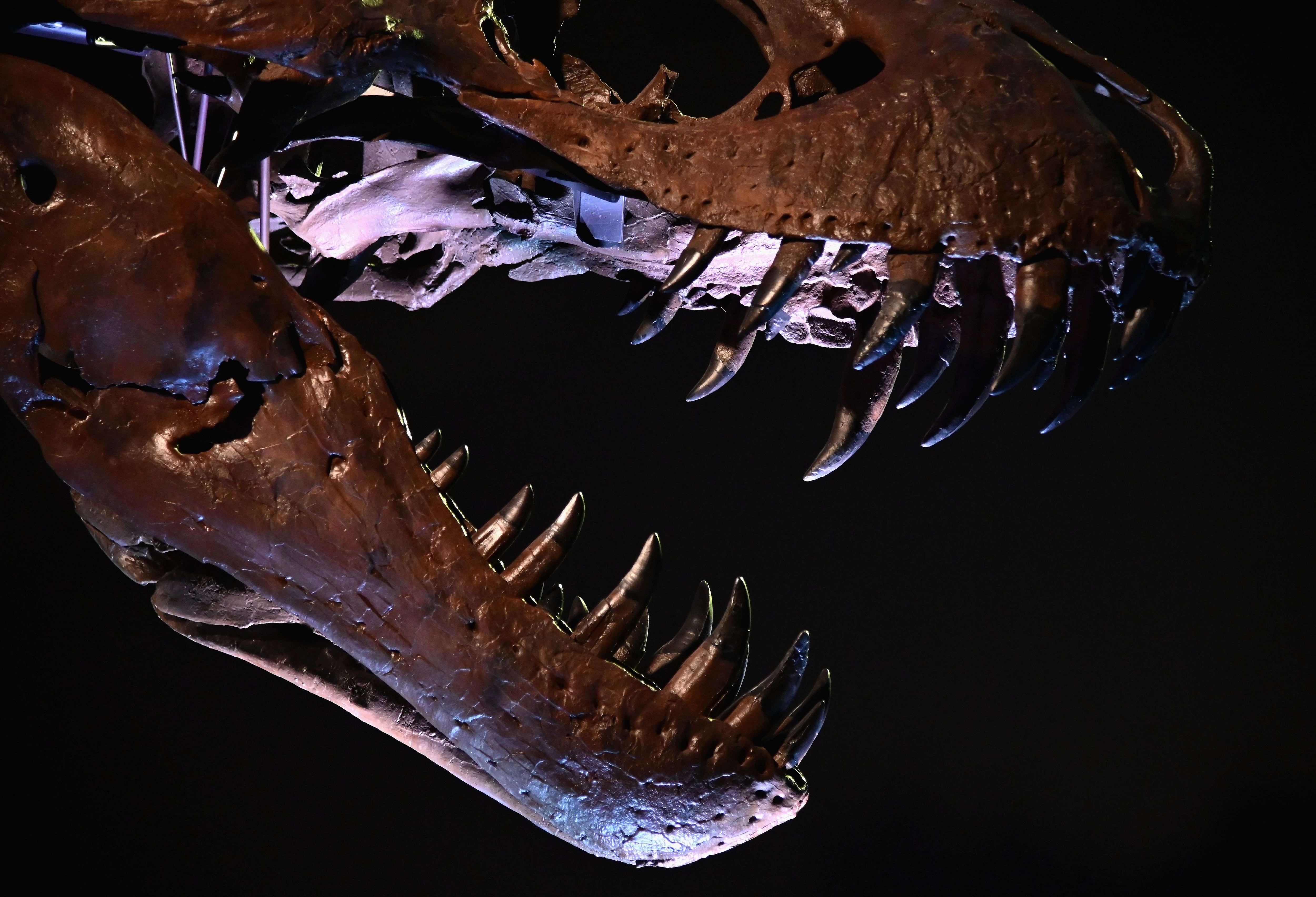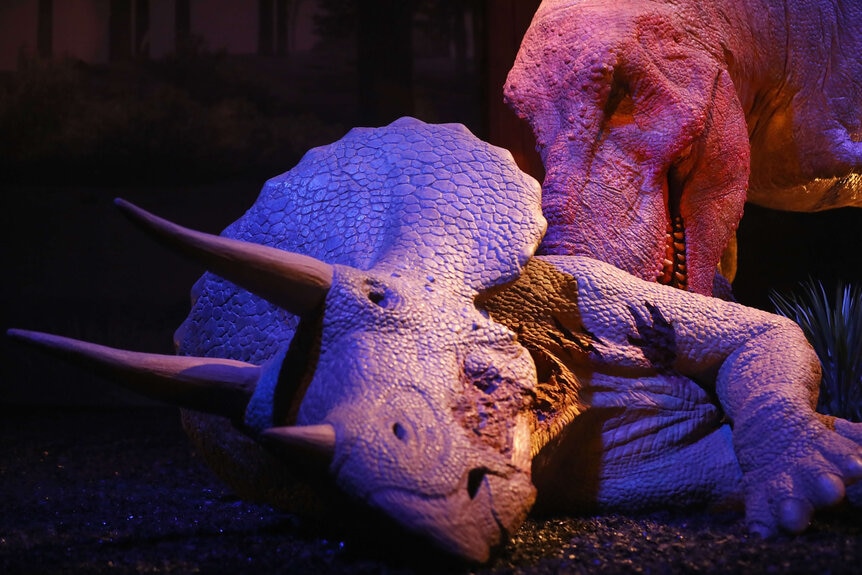Create a free profile to get unlimited access to exclusive videos, sweepstakes, and more!
As if T. rex itself isn’t nightmare fuel, the sensors in its jaw meant prey was doomed

The T. rex in Jurassic Park might not have been so accurate, but you know how that monstrous head would turn at the slightest movement behind it? Even Spielberg didn’t know that was real.
When the star of an entire dinosaur franchise terrorized the planet during the Jurassic (Hollywood got that one right) and Cretaceous periods, it had a hunting advantage that the sauropods it craved were unaware of. Its bone-crushing skull didn’t actually make it a bonehead. This beast had sensors in its mandible, or lower jaw, that helped it sense which part of its prey was where — and how to attack.
Previously, T. rex was thought to have been lacking in any sensitivity in its enormous jaws, which would just gnash through everything and anything. That wasn’t paleontologists Soichiro Kawabe and Soki Hattori of Japan’s Institute of Dinosaur Research, at Fukui Prefectrual University, found and recently published in a study in Historical Biology. Kawabe was one of the researchers who originally suspected it.
“It was technically difficult to prove this because it required a CT scan of the large mandible of the Tyrannosaurus rex,” he told SYFY WIRE. “In addition, it is necessary to have a fossil specimen in an excellent state of preservation suitable for CT scanning, which is rare.”
Kawabe finally unearthed the skull he was looking for at the Fukui Prefectural Dinosaur Museum. He also found a facility where he and his research team could scan the remains of what was once the most fearsome beast on Earth—at least one of them—and see through the bone to discover a complex network of nerve canals. Other theropod skulls had been previously shown signs of what could have been sensors, but had never been studied to this extent. T. rex likely had almost as much sensitivity in the end of its snout as extant crocodiles do.
So what else could T. rex have used its sensors for besides sniffing out fresh blood? That remains unknown, but it was possibly a multitasker, using its sensory capabilities to mate, build nests, raise young, and maybe even communicate with others of its species in some way. The neurovascular canals in its mandible appeared complex enough to have carried out those tasks. Because it had such an advanced sensory system in the lower jaw, it could have also had equally effective sensors in the upper jaw, making it a hypersensitive killing machine.
“Since we have only analyzed T. rex among theropods, we have not been able to clarify whether the neurovascular canal of T. rex is uniquely complex or whether that extends to all theropods,” Kawabe said. “Future studies of more dinosaurs will help clarify this.”
T. rex’s trigeminal nervous system, which is responsible for sensations in the face, was probably behind its sensory edge. The problem is that nobody is sure exactly how it evolved that way or whether this superpower was shared by other prehistoric predators. Trigeminal nerves are involved in chewing as well as sensations. So you can imagine that a hulking T. rex, which couldn’t exactly run like in that famous Jurassic Park parking lot scene, would not only be able to sense what part of its pretty it was near, but how to take it apart after that first bite.
Crocodiles and tactile-foraging birds, like ducks, have the same extra sensitivity. The crocs probably beat T. rex here because they have extra nervous tissue in their snouts. It is true that both T. rex and extant crocodiles belong to the clade Archosauria, meaning they evolved from a common ancestor. The thing is that crocodiles have had tens of millions of years more to evolve and specialize their facial sensors. They even have micro-sensory organs not found in other vertebrates. However, even though there are no live T. rex to study, they came close.
“T. rex would have been able to sense the differences in material hardness of different parts of its prey,” Kawabe said. “Therefore, if its teeth touched the hard bone of its prey, it would have been able to control its jaws so that they would not close unnecessarily.”
Just be glad that, unlike in Jurassic Park, you aren’t that prey.















